Leeton Glossy Black Cockatoo Count 18-02-2023

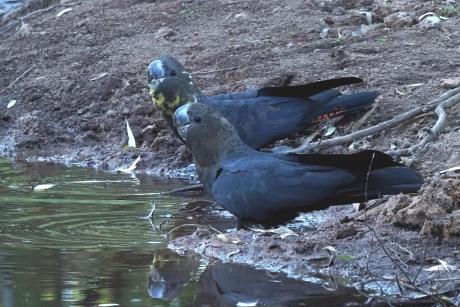 On the Saturday the 18th February we gathered at the gate to Mountain Dam and from there we headed out to our allocated dams, hoping to be in place and settled by 5:00pm. There were other counts conducted in the Narrandera and Cocoparra areas over this and the following weekend
On the Saturday the 18th February we gathered at the gate to Mountain Dam and from there we headed out to our allocated dams, hoping to be in place and settled by 5:00pm. There were other counts conducted in the Narrandera and Cocoparra areas over this and the following weekend
In order to protect the privacy of the Landholders that gave us access to their properties for us to conduct this count. The area that we counted in as hill area surrounding Brobenah Hall, and Colinroobie Rd. In total we surveyed 8 sites from a possible 16 to 20 Dams that are adjacent to the Glossy Back Cockatoo (GBC) feeding area
In total there were 28 GBC sighted, including last season’s Juveniles as below.
As always there are many other birds and animals that will come in to drink at this time of the evening. The combined bird list from all sites is

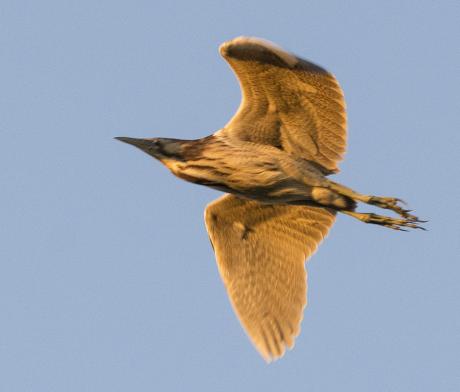
 Australasian Bittern Summit 2023 held in Leeton on 31 January to 3 February was a resounding success.
Australasian Bittern Summit 2023 held in Leeton on 31 January to 3 February was a resounding success.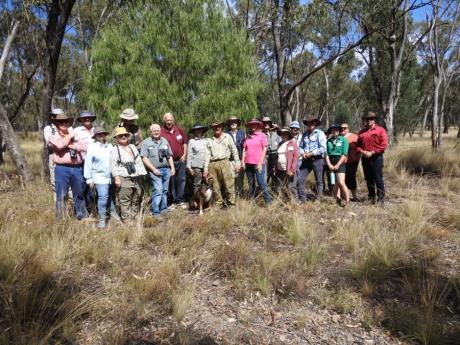
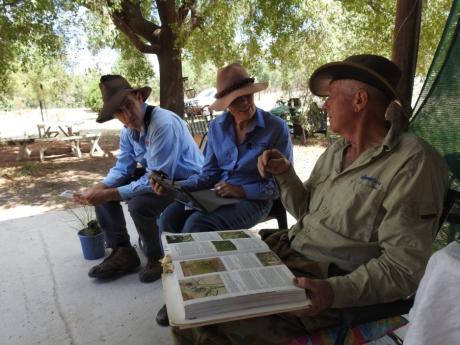 On Thursday the 24th of March Murrumbidgee Landcare and Biodiversity Conservation Trust held a Bidgee Biodiversity Day. One of six in the Riverina to create awareness of the need to improve biodiversity in the region.
On Thursday the 24th of March Murrumbidgee Landcare and Biodiversity Conservation Trust held a Bidgee Biodiversity Day. One of six in the Riverina to create awareness of the need to improve biodiversity in the region.
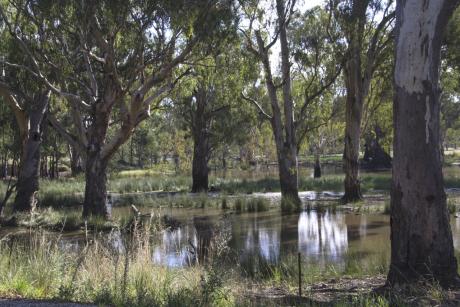 Early Autumn is a lovely time of year for an afternoon of birdwatching; and Sunday March 13 didn't disappoint. A still, warm day favoured our little convoy as we headed south from Narrandera to a scenic string of wetlands in the general region of the Narrandera Inland Fisheries Research Centre. At our first stop we were greeted by a variety of swamp denizens; like a couple of juvenile Night Herons; a Great Egret; some Black Ducks, and several White Ibis.
Early Autumn is a lovely time of year for an afternoon of birdwatching; and Sunday March 13 didn't disappoint. A still, warm day favoured our little convoy as we headed south from Narrandera to a scenic string of wetlands in the general region of the Narrandera Inland Fisheries Research Centre. At our first stop we were greeted by a variety of swamp denizens; like a couple of juvenile Night Herons; a Great Egret; some Black Ducks, and several White Ibis.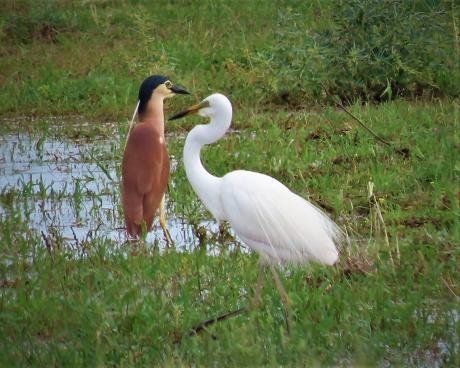
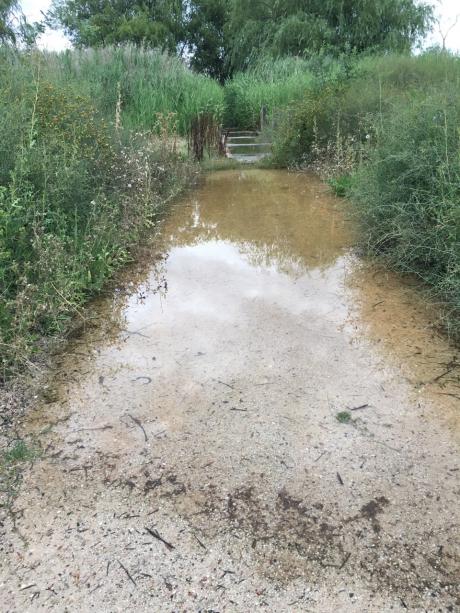 With so much rain over the past two months, all local wetlands are full to overflowing – a situation that hasn’t occurred since 2012.
With so much rain over the past two months, all local wetlands are full to overflowing – a situation that hasn’t occurred since 2012.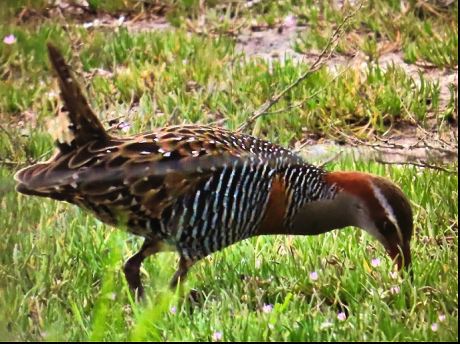
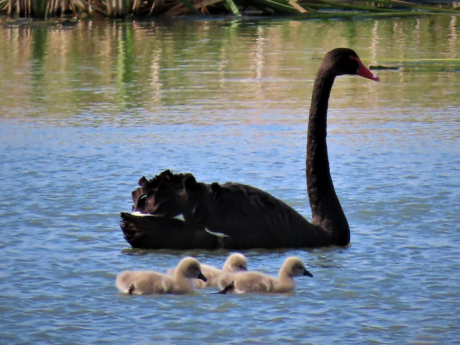 To the casual one-time visitor, Fivebough would appear to be pretty birdless as so many people have commented to me over the past month. However, to the keen observer and almost daily visitor, things are not as bad as they seem. Before lockdown, I had been frequenting the wetlands seeing what birds come and go and since we have restrictions in place in Covid-free Leeton, I have continued using the area as my ‘exercise’ area. Since then, Fivebough has been a mecca for dozens of people using the wetlands for the self-same reason as I do, namely, to exercise.
To the casual one-time visitor, Fivebough would appear to be pretty birdless as so many people have commented to me over the past month. However, to the keen observer and almost daily visitor, things are not as bad as they seem. Before lockdown, I had been frequenting the wetlands seeing what birds come and go and since we have restrictions in place in Covid-free Leeton, I have continued using the area as my ‘exercise’ area. Since then, Fivebough has been a mecca for dozens of people using the wetlands for the self-same reason as I do, namely, to exercise.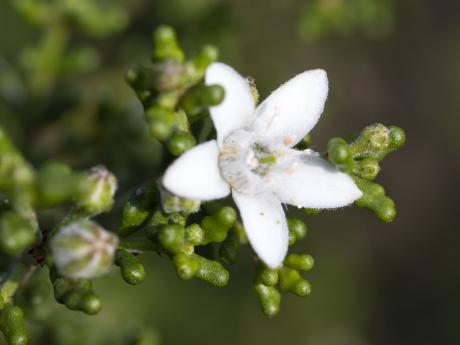
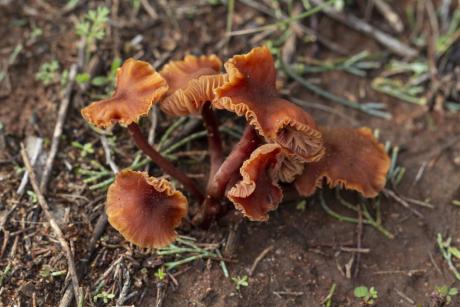 Did this forest exist in 1750 before Cook arrived ? Of course it did.
Did this forest exist in 1750 before Cook arrived ? Of course it did.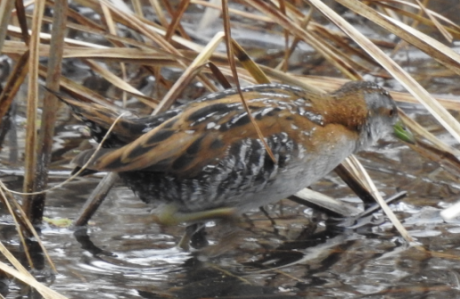
 Red-winged Parrot:
Red-winged Parrot: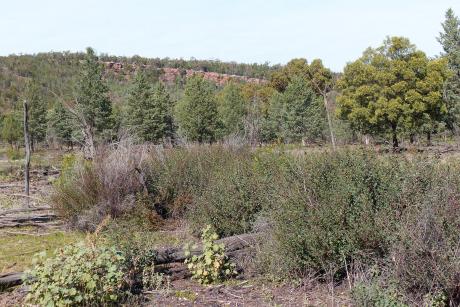 My original intention for this walk was basically follow the route we used to do some years ago but in reverse with the proviso of back-tracking from a lookout point instead of having a steep descent down to the creek above the picnic ground. A quick reconnoitre with Rowena to check the best point to start the climb up the ridge found the lower slopes thickly covered in Purple Burr-daisy – no purple, all burr. Two hours of pulling spiky bits out of trousers, socks, shoes, laces and at time fingers, said that plan B was required.
My original intention for this walk was basically follow the route we used to do some years ago but in reverse with the proviso of back-tracking from a lookout point instead of having a steep descent down to the creek above the picnic ground. A quick reconnoitre with Rowena to check the best point to start the climb up the ridge found the lower slopes thickly covered in Purple Burr-daisy – no purple, all burr. Two hours of pulling spiky bits out of trousers, socks, shoes, laces and at time fingers, said that plan B was required.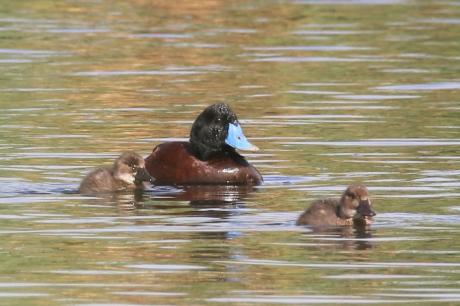
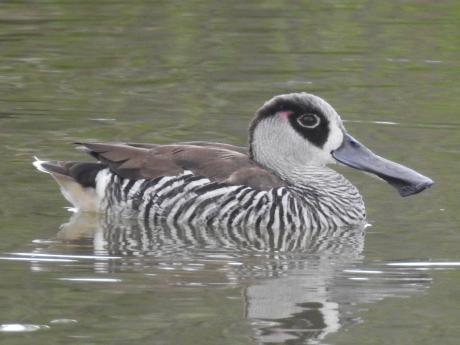 14 people made up the group for the outing. We met in the car park at Campbell's at 9am and David Kellett gave a brief talk to the group about some recent funding he had applied for and got for improvements to the track leading from the car park to the board walk and beyond along the northern section of the wetlands.
14 people made up the group for the outing. We met in the car park at Campbell's at 9am and David Kellett gave a brief talk to the group about some recent funding he had applied for and got for improvements to the track leading from the car park to the board walk and beyond along the northern section of the wetlands.